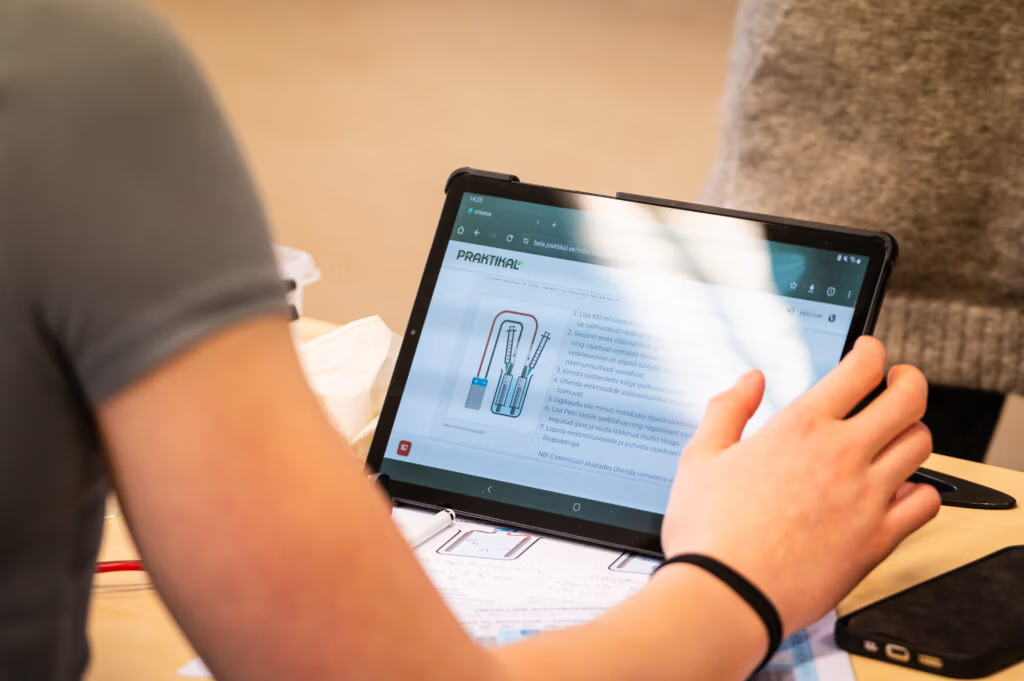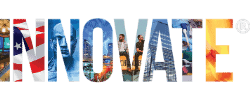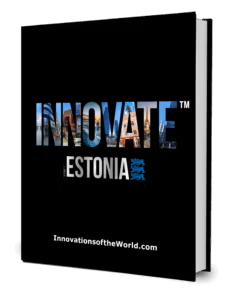Remember learning to ride a bicycle? No amount of physics equations about angular momentum or center of gravity could replace that moment when you finally felt the balance click into place. Your hands knew when to turn the handlebars, your body learned to lean into curves, and suddenly, you were flying. The knowledge became part of you—not through theory, but through experience.
This simple observation captures what science educators have been chasing for decades. The vision is compelling: physics lessons where students feel electromagnetic forces, see light waves bend, and build understanding through their own hands rather than memorizing formulas they’ll forget after the exam. But here’s the challenge—despite countless pedagogical reforms, innovative curricula, and well-intentioned experiments, most science classrooms still struggle with what researchers call the “practical work paradox.”
Students love doing experiments. They remember the spectacle of mixing chemicals, the satisfaction of completing circuits, the wonder of prisms splitting light. Yet research consistently shows they often fail to grasp the underlying concepts. The hands-on activity becomes disconnected from the theory it was meant to illuminate. At Praktikal, four Estonian innovators decided this paradox wasn’t inevitable—it was a design problem waiting for the right solution. Founded in 2021, their mission is deceptively simple yet profoundly ambitious: create an ecosystem where physical experimentation and digital tools work together to bridge that persistent gap between doing and understanding, between momentary engagement and lasting comprehension.
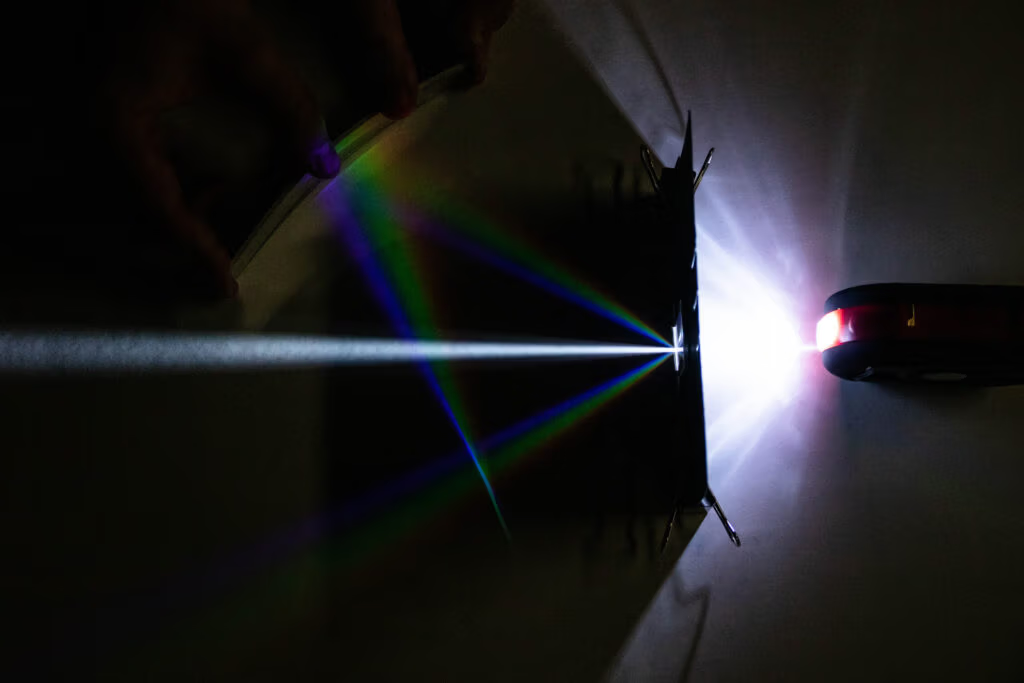
THE MOMENT EVERYTHING CHANGED
The story begins with a phone call in spring 2021. Omari Loid, who had spent nine years running Three Piglets—a science theater company for children—received an invitation from Kaido Reivelt to collaborate on developing activity boxes. But Reivelt, a renowned physicist from the University of Tartu and eight-time Estonian rowing champion, had a playful challenge in mind.
“I have even cooler boxes than you do,” Reivelt said with characteristic competitive spirit. “Come check them out—let’s create something bigger together.”
Reivelt had been developing physics teaching prototypes and testing them in classrooms. Teachers were intrigued, students were engaged, but the approach needed scale. Within weeks, they were joined by two more visionaries: Oleg Shvaikovsky, former Nortal board member who had founded Püha Johannese School and taught physics there, and Eva Pedjak, CEO of one of the largest circular economy businesses in the Nordics focused on metal, whose personal passion for physics education aligned perfectly with the mission.
“We believe all teachers are capable of delivering exciting and engaging lessons—especially when given the right tools,” the founders declared. This wasn’t about replacing teachers with technology or turning classrooms into digital playgrounds. It was about empowering educators to create those “aha!” moments when abstract concepts suddenly make sense.
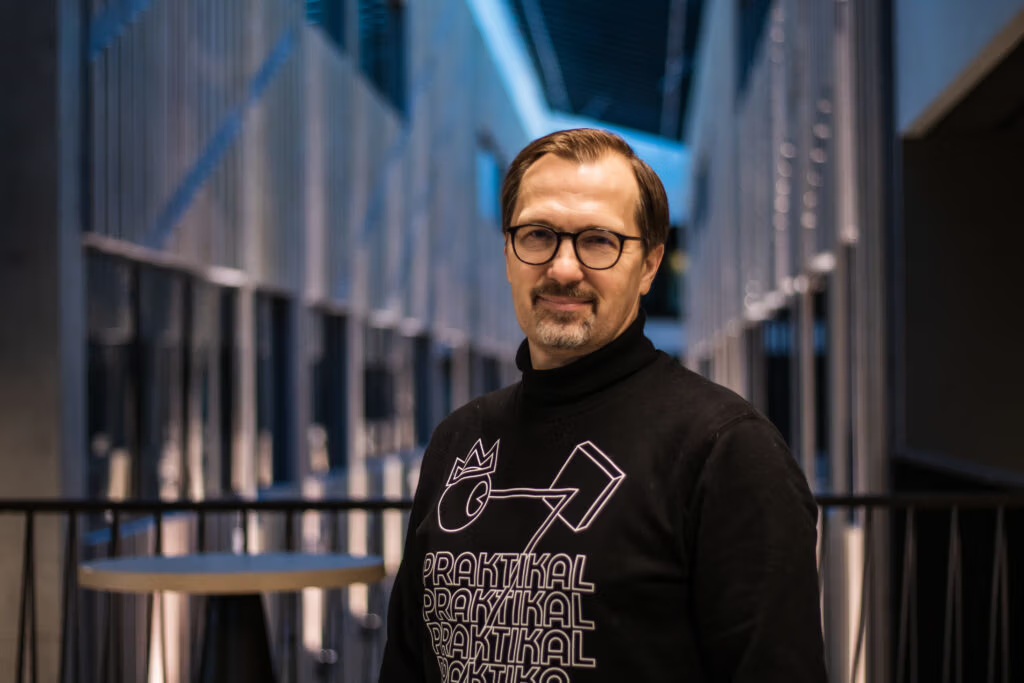
THE INNOVATION: WHERE HANDS MEET MINDS
Walk into a Praktikal-equipped classroom, and you’ll see something remarkable. Students aren’t staring at screens or listening to lectures—they’re building kaleidoscopes, creating rainbows with prisms, and using house models to understand thermodynamics. Yet this isn’t old-fashioned learning either. Each physical experiment connects to a sophisticated digital platform that transforms individual discoveries into comprehensive understanding.
The magic lies in the balance. Take their Optics Kit which has more than 50 experiments exploring light and vision. As students work, the digital platform provides real-time guidance, tracks progress, and generates content in multiple formats—projection slides for group discussion, individual device interfaces for interaction, and printable worksheets for reflection. Teachers can launch a complete lesson in “just 3 clicks,” with methodologically-commented materials providing pedagogical support at every step.
“Through Praktikal we got practical tools for electricity and heat teaching, thanks to which it’s much easier and more interesting to teach 9th grade physics topics,” says one teacher using the system. “Students really enjoy practical work. Ready-made lessons make the teacher’s job much easier while assignments are interesting and developmental for students.”
But here’s what makes Praktikal truly innovative: they recognized that excessive screen time can diminish the human connections that make learning memorable. Their platform enhances rather than replaces face-to-face interaction. When students need to focus on manipulation and observation, screens fade into the background. When collaborative analysis or instant polling would deepen understanding, digital tools seamlessly integrate.
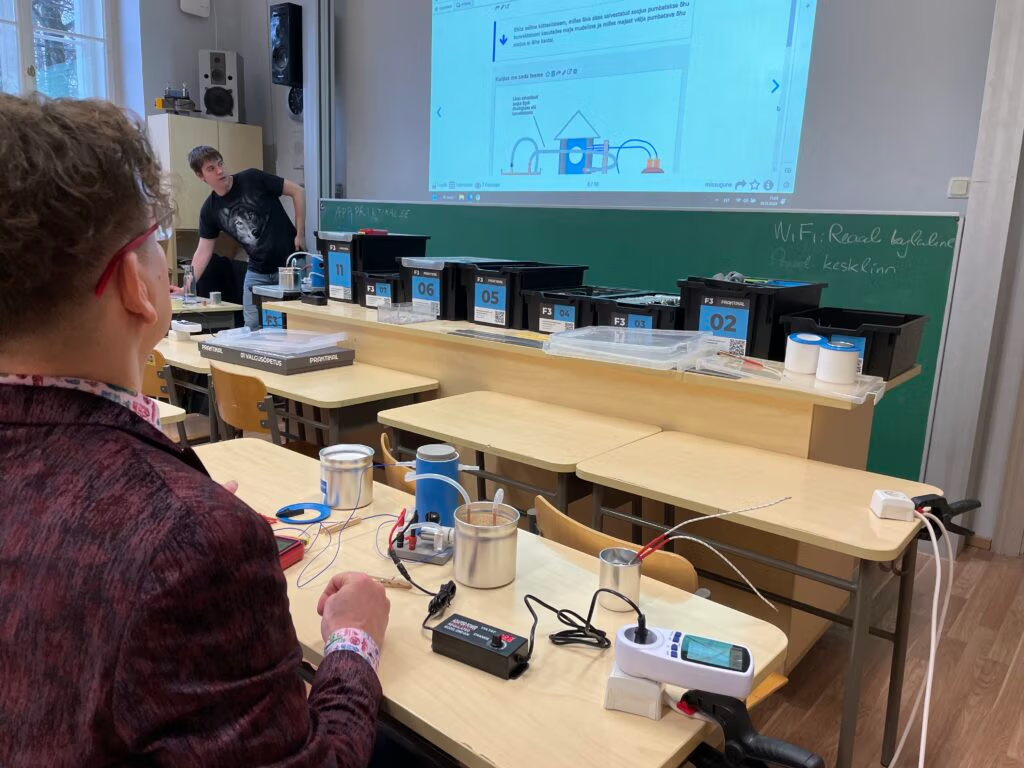
THE ESTONIAN LABORATORY
Estonia proved the perfect testing ground for this educational innovation. With the nation ranking first in Europe in PISA science scores and boasting one of the world’s most digitally advanced education systems, Estonian classrooms offered both high standards and openness to innovation. Within two years of launch, Praktikal had penetrated nearly 50% of Estonia’s primary schools.
The numbers tell a compelling story:
- 250+ schools actively using Praktikal materials
- 25,000+ students engaged in hands-on science learning
- 10 hours weekly saved in teacher preparation time
The geographic spread is equally impressive, from Tallinn’s prestigious gymnasiums to tiny Ruhnu Island’s school with just two students. This demonstrates the solution’s remarkable adaptability—the same tools that serve an international school in the capital work equally well in a remote island classroom.
“I find that through experimentation, the student understands the vitality of physics,” explains a teacher from Jüri Gümnaasium. “This year I got hands-on with Praktikal’s mechanics and heat-electricity experimental tools and I’m thrilled.”
The impact extends beyond engagement metrics. Teachers report fundamental shifts in classroom dynamics: students actively requesting more experiments, showing increased interest in STEM careers, and most importantly, retaining concepts long after the lesson ends. The 2023 recognition as Estonia’s “Best new initiative in science and technology popularization” validated what teachers already knew—this approach works.
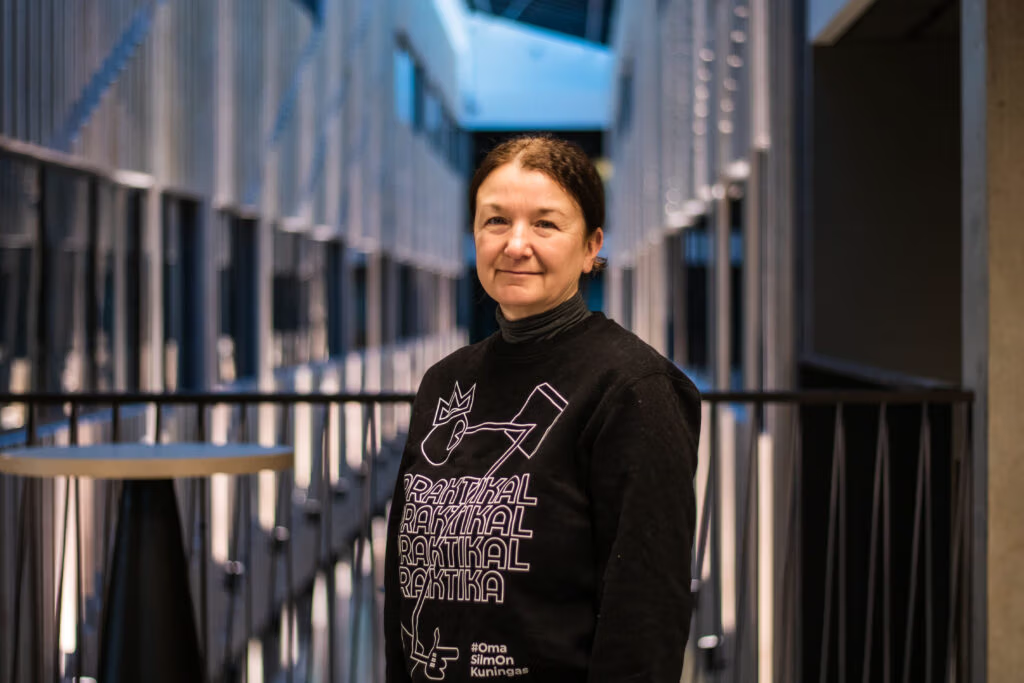
THE TIPPING POINT: FROM ESTONIAN SUCCESS TO EUROPEAN AMBITION
The transformation from Estonian startup to European contender wasn’t a single moment but a convergence of validation points. By 2022, Praktikal had proven their model worked—teachers were saving hours, students were finally grasping concepts that had eluded them, and word was spreading organically through Estonia’s tight-knit education community.
The financial foundation came together through committed believers in the mission. Praktikal has raised near €1 million to date, combining the founders’ own investment with support from the Good Deed Education Fund (backed by Bolt co-founder Martin Villig and Wise co-founder Taavet Hinrikus), Skaala Impact, and strategic angel investors. This wasn’t just capital—it was validation from Estonia’s most successful entrepreneurs and impact investors that hands-on science education could become the nation’s next significant export.
The real tipping point came with international recognition. In 2022, Praktikal was selected for the European Commission’s Digital Education Hub accelerator. From 400 applicants, they joined an elite cohort of six EdTech innovators. The six-month program provided intensive coaching, international mentorship, and crucially, pilot opportunities across Europe. The Commission’s assessment was clear: Praktikal represented one of five EdTech solutions they wanted scaled across the continent.
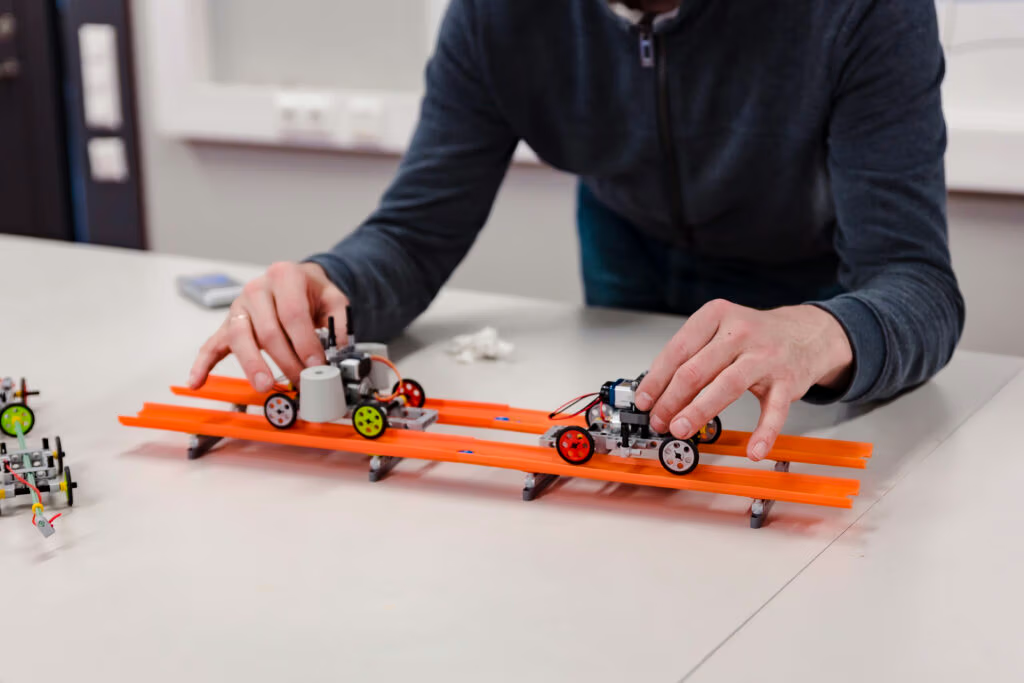
Germany emerged as the natural first step for international expansion. With over €5 billion allocated for educational digitalization by 2025, German schools are actively seeking proven solutions that combine digital innovation with pedagogical excellence. The establishment of Koolest Solutions GmbH in early 2025—a joint venture with German company master solution AG—marks Praktikal’s strategic entry into this massive market.
“We have set our export focus on Germany, as the market is huge, and there is a lot of pressure to revamp education there to use digital tools,” CEO Omari Loid explains. The company is actively entering the German market, with pilot programs underway and partnerships forming with regional education authorities. The approach is methodical—proving the concept school by school, adapting materials to German curricula, and building relationships with teachers who become champions for the methodology.
The international expansion benefits from high-level support. During the Estonia-Saxony Business Forum, the Estonian President personally endorsed Praktikal as an example of Estonian innovation excellence. Additional pilots in Portugal, Italy, and Finland lay groundwork for broader European reach, each market offering unique insights that strengthen the core product.
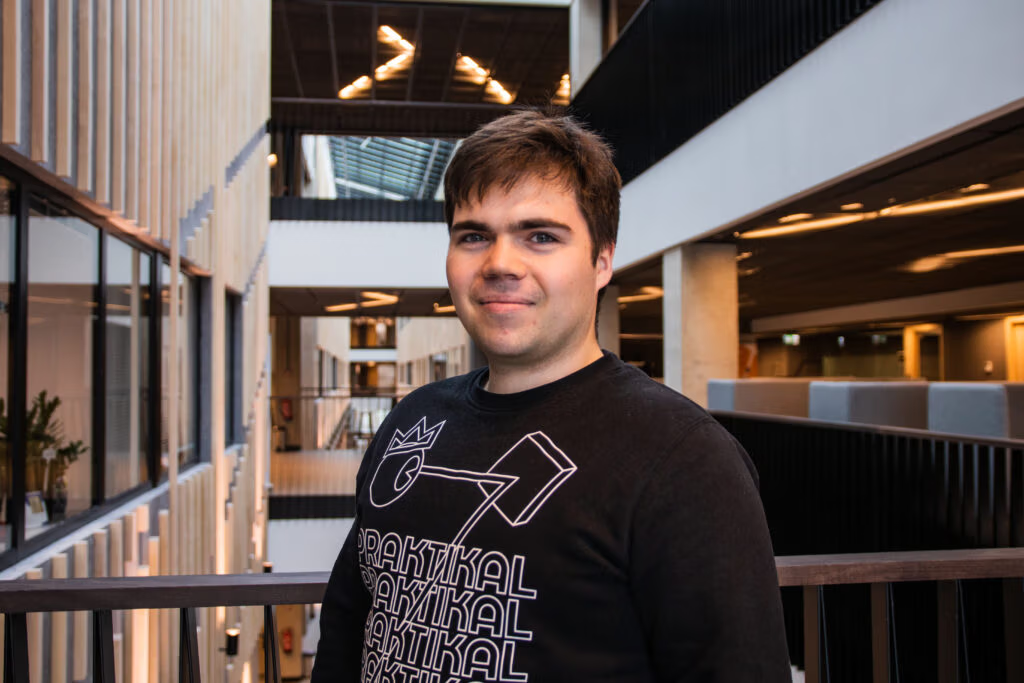
BUILDING ESTONIA’S EDTECH ECOSYSTEM
Within Estonia’s vibrant ecosystem of 70+ EdTech companies, Praktikal occupies a unique position as both beneficiary and contributor. Co-founder Oleg Shvaikovsky serves as a board member of EdTech Estonia while investing in other educational ventures, creating valuable cross-pollination of ideas and resources.
The company regularly represents Estonia at major international events—from EdTechX Summit in London to Learntec in Karlsruhe, Germany—serving as an ambassador for Estonian innovation. Their participation in delegations and knowledge-sharing programs strengthens the entire sector, contributing to Estonia’s ambitious goal of achieving €1 billion in EdTech exports by 2030.
This ecosystem approach reflects a deeper philosophy. Just as their classroom materials work best when students collaborate and share discoveries, Praktikal thrives through connection with other innovators. They’ve collaborated with universities on pedagogical research and shared insights with fellow startups navigating international expansion.
THE SCIENCE OF TOMORROW
Looking ahead, Praktikal’s vision extends beyond geographic expansion to encompass fundamental shifts in how we approach science education. While they continue creating more STEM content, the real focus is on the technology that makes learning truly personal and effective.
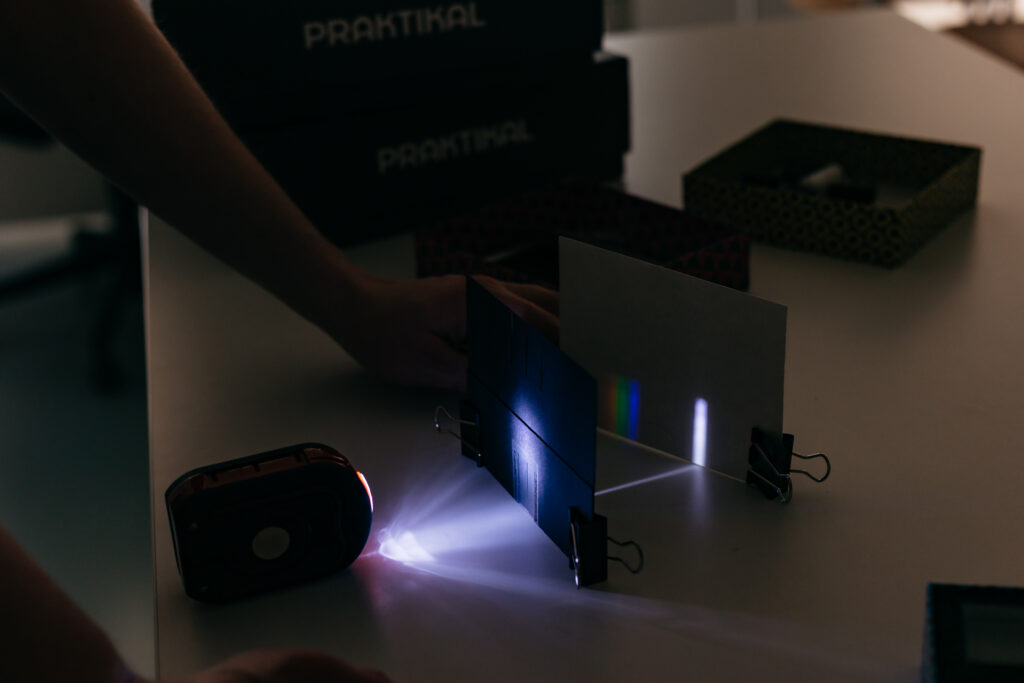
The team is pioneering something more profound than new experiments or digital tools—they’re building an understanding of how learning actually happens. Every student interaction, every completed experiment, every moment of confusion or breakthrough generates data. But this isn’t about surveillance or standardization. It’s about finally being able to see patterns in how different students grasp concepts, where they struggle, and what helps them break through.
Imagine a classroom where the teacher knows, in real-time, that three students are stuck on the same misconception about light refraction, while another group is ready for advanced challenges. Where personalized learning journeys adapt not just to test scores but to learning styles, pace preferences, and even the time of day when a student is most receptive. This is the promise of data-driven education done right—not replacing teacher intuition but amplifying it with insights that would be impossible to gather manually.
“Technology should enhance, not replace, the human connections that make learning transformative,” remains their guiding principle. This philosophy resonates particularly strongly in an era of AI anxiety and screen fatigue. Parents worry about device addiction, teachers fear being replaced by algorithms, and students crave authentic experiences. Praktikal offers a third way—technology as a tool for deeper human engagement rather than a substitute for it.
The future they’re building is one where every student’s learning journey is as unique as they are, where teachers have unprecedented insight into their classroom dynamics, and where the gap between doing and understanding finally closes. Not through more screens or fancier graphics, but through intelligently designed experiences that make physics as intuitive as riding that bicycle.
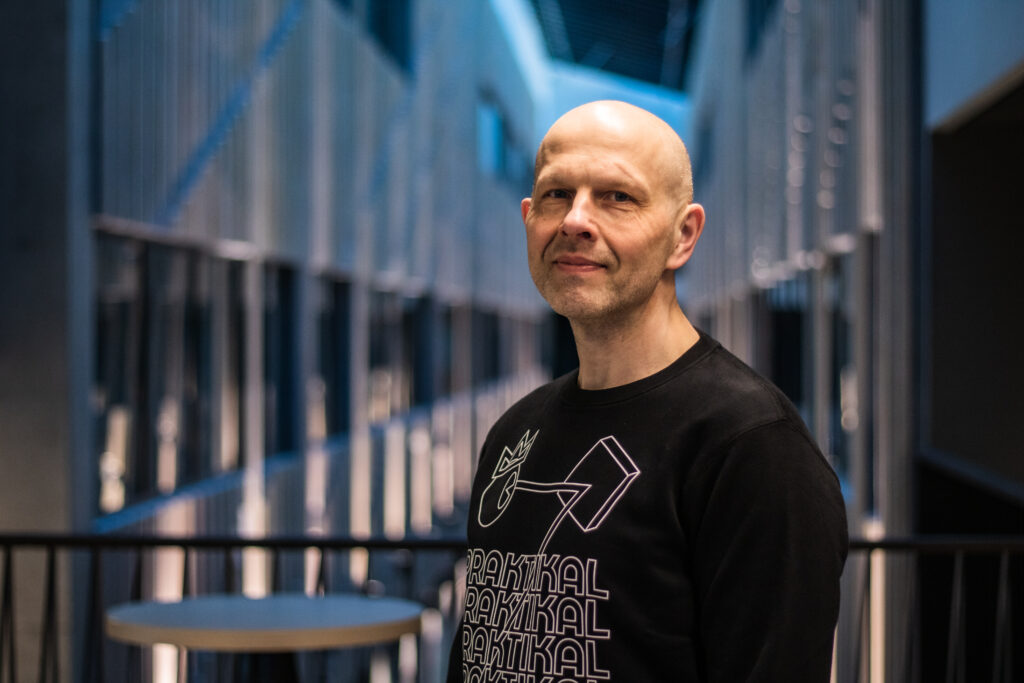
FINAL MESSAGE: THE ESTONIAN CLASSROOM GOES GLOBAL
What started with a phone call between two Estonian educators has become a movement transforming science education across Europe. Praktikal proves that innovation doesn’t always mean more technology—sometimes it means knowing when to put the screens away and let students build, touch, and discover with their own hands.
For Estonia, Praktikal represents more than an educational success story. It demonstrates how a small nation can leverage its strengths—digital sophistication, pedagogical excellence, and startup agility—to address global challenges. Every German student conducting a Praktikal experiment, every Portuguese teacher saving hours of preparation time, every Italian classroom erupting in excitement over a successful optics demonstration carries a piece of Estonian innovation DNA.
The founders’ belief that “all teachers are capable of delivering exciting and engaging lessons” has proven prophetic. Given the right tools, teachers from Tallinn to Berlin, from tiny island schools to urban gymnasiums, are creatingthose bicycle moments—when abstract physics becomes as intuitive as balance,when electromagnetic forces feel as real as gravity, when science transformsfrom subject to understanding.
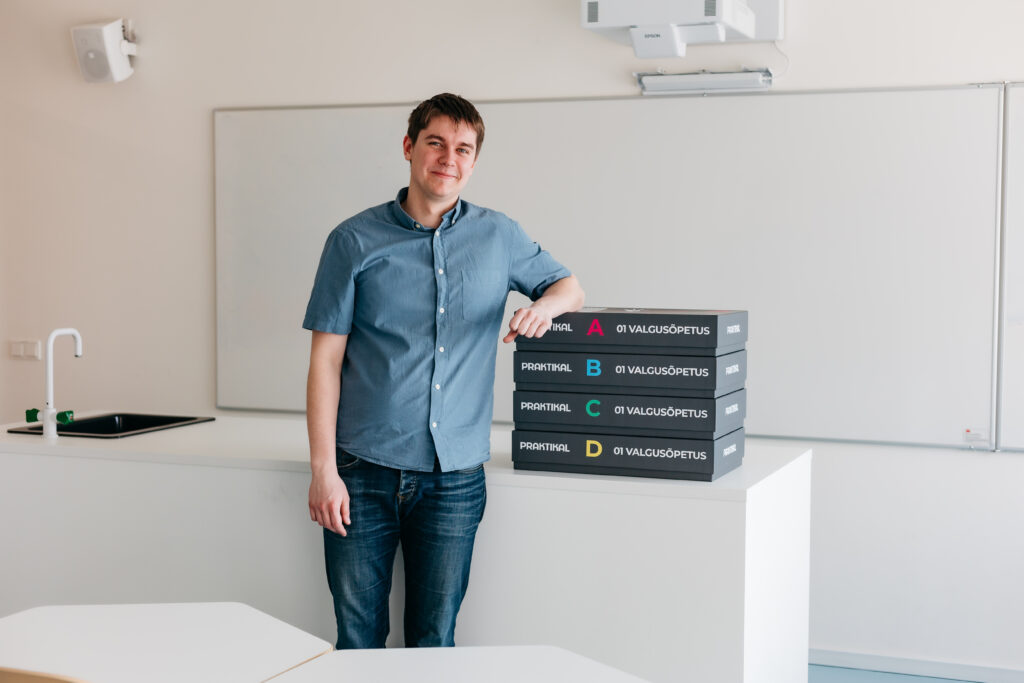
As Praktikal scales across Europe, backed by Estonian expertise and European institutional support, they carry with them a simple but powerful message: the future of education isn’t about choosing between digital and physical, between technology and humanity. It’s about creating harmony between them, making learning as natural as riding a bicycle—something you never forget because you learned it with your whole being.
If you’re a teacher reading this, wondering whether your students could experience that same transformative moment when abstract physics suddenly clicks into place, you can explore the Praktikal platform yourself at https://praktikal.app. See firsthand how Estonian innovation is making science tangible, one experiment at a time.
